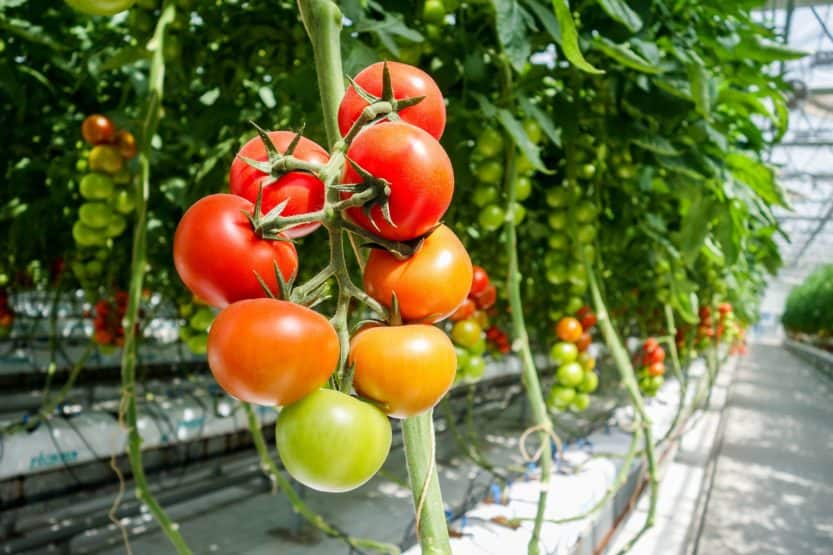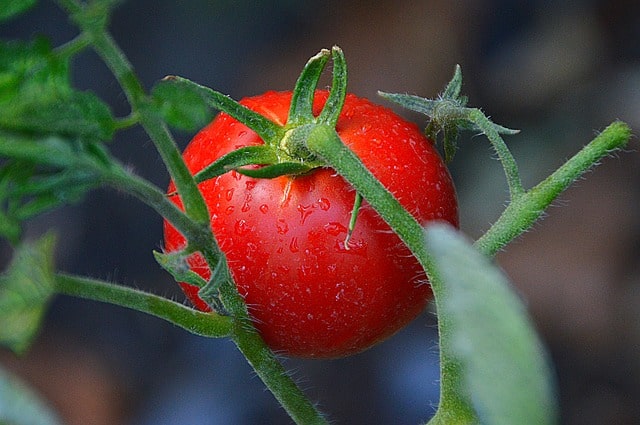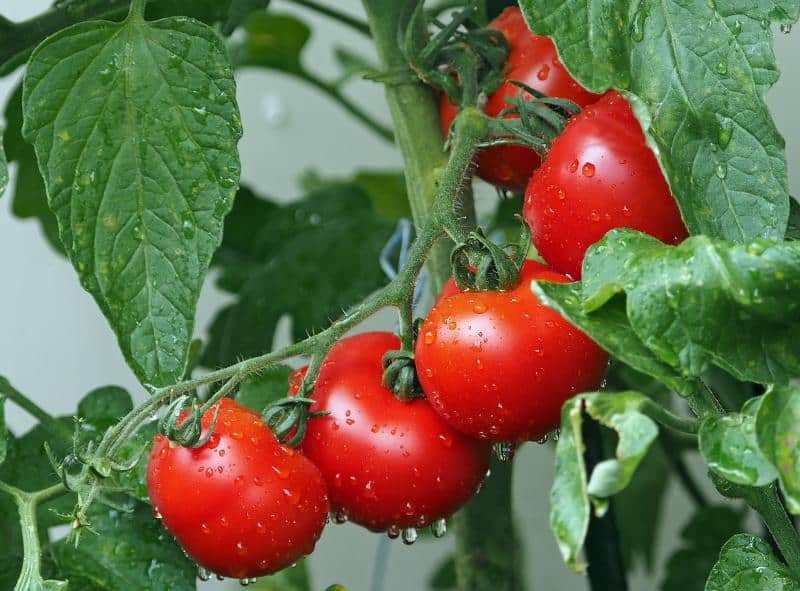In this guide, you’ll find everything you need to know about harvesting tomatoes, from identifying when they are ready to tips for picking and storing them.
Understanding Tomato Ripeness

Tomatoes can be harvested at various stages, depending on your preference and the intended use. Here’s how to determine when your tomatoes are ripe:
Color: Most varieties of tomatoes will change from green to a shade of red when ripe, but some varieties will turn yellow, orange, or even purple. Look for vibrant, consistent coloring across the fruit.
Firmness: A ripe tomato will have a slight give when you gently squeeze it. If it feels too soft or mushy, it may be overripe. Conversely, if it feels hard, it likely needs more time.
Size: Check the expected size for your tomato variety. For most common garden varieties, a fully developed tomato should be near the average size indicated on the seed packet or plant label.
Stem Attachment: Ripe tomatoes often start to loosen from the stem and may easily detach with a gentle twist. If the stem remains green or feels brittle, it’s best to wait a little longer.
Best Time to Harvest

While it’s tempting to pick tomatoes as soon as they exhibit color, the best time to harvest is on a warm, dry day. Morning is ideal, as temperatures are cooler, and there is less humidity. This timing helps preserve the tomato’s flavor and texture.
How to Harvest Tomatoes
Here’s a simple step-by-step guide to help you harvest your tomatoes:
Gather Your Tools: You will need a pair of clean garden shears or scissors and a basket to collect your tomatoes.
Inspect the Fruit: Go through your plants and inspect each tomato, looking for those that are fully ripe.
Twist and Pull: For tomatoes that are ripe, hold the fruit in one hand and gently twist while pulling. This method ensures a clean break from the stem without damaging the plant.
Cutting: For larger tomatoes or those that are stubborn, use your shears to cut the stem about an inch above the fruit. This helps prevent damage to both the tomato and the plant.
Avoid Bruising: Handle your tomatoes softly and avoid stacking them too high in your basket to prevent bruising.
How to Store Your Harvest
Once you’ve successfully harvested your tomatoes, proper storage is essential to maintain their quality:
Room Temperature: If your tomatoes are perfectly ripe and you plan to eat them soon, keep them on the counter at room temperature, away from direct sunlight.
Refrigeration: If some tomatoes are fully ripe and you can’t eat them right away, place them in the fridge to extend their shelf life. However, be aware that refrigeration can diminish their flavor. Allow them to come back to room temperature before enjoying.
Freezing: For longer-term storage, you can freeze tomatoes. Blanch them briefly in boiling water, let them cool in ice water, and then remove the skins. After that, you can chop and store them in freezer bags. These are perfect for soups, sauces, and stews.
Troubleshooting Common Issues
Sometimes, your tomatoes may show signs of stress, and it’s good to be prepared:
Uneven Ripening: If your tomatoes aren’t ripening evenly, check for consistent watering and ensure they’re receiving enough sunlight.
Pests and Diseases: Be on the lookout for pests like aphids, tomato hornworms, or fungal infections. Regular inspections can help you catch and manage these problems early.
Blossom End Rot: This is a common issue caused by calcium deficiency and inconsistent watering. To prevent this, maintain a steady watering schedule and ensure that your soil is well-balanced with nutrients.
Conclusion
Harvesting tomatoes can be one of the most rewarding experiences for gardeners. With the right knowledge about when and how to pick them, you can enjoy delicious, home-grown tomatoes at their best. Whether eaten fresh, cooked, or preserved, your hard work will surely pay off in flavors that can elevate any meal. So gather your tools, check your plants, and enjoy the bounty of your garden!





